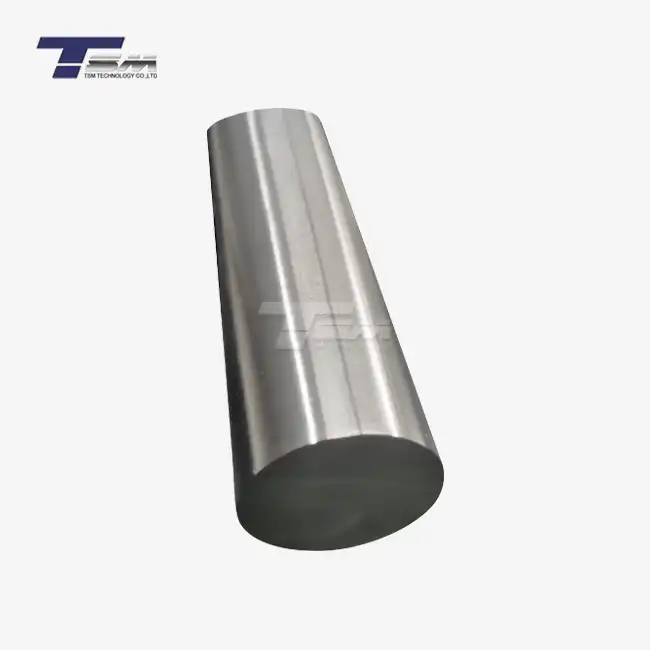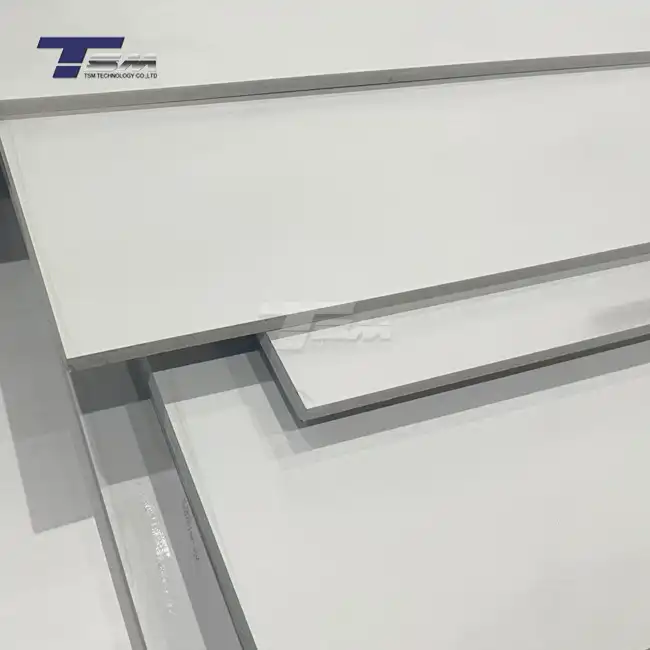- English
- French
- German
- Portuguese
- Spanish
- Russian
- Japanese
- Korean
- Arabic
- Greek
- German
- Turkish
- Italian
- Danish
- Romanian
- Indonesian
- Czech
- Afrikaans
- Swedish
- Polish
- Basque
- Catalan
- Esperanto
- Hindi
- Lao
- Albanian
- Amharic
- Armenian
- Azerbaijani
- Belarusian
- Bengali
- Bosnian
- Bulgarian
- Cebuano
- Chichewa
- Corsican
- Croatian
- Dutch
- Estonian
- Filipino
- Finnish
- Frisian
- Galician
- Georgian
- Gujarati
- Haitian
- Hausa
- Hawaiian
- Hebrew
- Hmong
- Hungarian
- Icelandic
- Igbo
- Javanese
- Kannada
- Kazakh
- Khmer
- Kurdish
- Kyrgyz
- Latin
- Latvian
- Lithuanian
- Luxembou..
- Macedonian
- Malagasy
- Malay
- Malayalam
- Maltese
- Maori
- Marathi
- Mongolian
- Burmese
- Nepali
- Norwegian
- Pashto
- Persian
- Punjabi
- Serbian
- Sesotho
- Sinhala
- Slovak
- Slovenian
- Somali
- Samoan
- Scots Gaelic
- Shona
- Sindhi
- Sundanese
- Swahili
- Tajik
- Tamil
- Telugu
- Thai
- Ukrainian
- Urdu
- Uzbek
- Vietnamese
- Welsh
- Xhosa
- Yiddish
- Yoruba
- Zulu
Monel 400 Sheet Composition Verification Techniques
Monel 400 sheet composition verification techniques are crucial for ensuring the quality and performance of this versatile nickel-copper alloy. These methods involve a combination of advanced analytical tools and established procedures to accurately determine the elemental makeup of Monel 400 sheets. Techniques such as X-ray fluorescence (XRF) spectroscopy, optical emission spectroscopy (OES), and inductively coupled plasma mass spectrometry (ICP-MS) are commonly employed. These methods provide precise measurements of key elements like nickel, copper, iron, and manganese, allowing manufacturers and end-users to verify that the Monel 400 sheet meets specified compositional requirements. By employing these verification techniques, industries can maintain the high standards necessary for critical applications in the marine, chemical processing, and aerospace sectors.

Advanced Analytical Methods for Monel 400 Sheet Composition Verification
X-ray Fluorescence (XRF) Spectroscopy
X-ray fluorescence spectroscopy is a non-destructive analytical technique widely used for verifying the composition of Monel 400 sheets. This method relies on the principle of exciting atoms within the material using high-energy X-rays, causing them to emit characteristic fluorescent X-rays. These emitted X-rays are then detected and analyzed to determine the elemental composition of the Monel alloy.
XRF spectroscopy offers several advantages for Monel 400 sheet analysis:
- Rapid analysis with minimal sample preparation
- Non-destructive testing, preserving the integrity of the Monel sheet
- Capability to detect both major and trace elements
- High accuracy and precision for quantitative analysis
When verifying Monel 400 sheet composition, XRF can accurately measure the concentrations of key elements such as nickel (63-70%), copper (28-34%), iron (2.5% max), and manganese (2% max). This ensures that the alloy meets the required specifications for optimal performance in various applications.
Optical Emission Spectroscopy (OES)
Optical emission spectroscopy is another powerful technique used for Monel 400 sheet composition verification. OES works by exciting atoms in the sample using an electrical discharge or plasma, causing them to emit light at characteristic wavelengths. These emitted spectra are then analyzed to determine the elemental composition of the Monel alloy.
Key features of OES for Monel 400 sheet analysis include:
- High sensitivity for detecting trace elements
- Ability to analyze multiple elements simultaneously
- Excellent precision and accuracy for quantitative analysis
- Relatively fast analysis time
OES is particularly useful for verifying the presence and concentration of minor elements in Monel 400 sheets, such as silicon (0.5% max), carbon (0.3% max), and sulfur (0.024% max). This level of detail ensures that the Monel plate meets the stringent compositional requirements for critical applications in corrosive environments.
Inductively Coupled Plasma Mass Spectrometry (ICP-MS)
ICP-MS is a highly sensitive analytical technique that combines the high-temperature ICP source with a mass spectrometer. This method is particularly valuable for trace element analysis in Monel 400 sheets, offering exceptional detection limits and accuracy.
Advantages of ICP-MS for Monel sheet composition verification include:
- Extremely low detection limits, often in the parts per billion (ppb) range
- Ability to analyze a wide range of elements simultaneously
- High precision and accuracy for both major and trace elements
- Capability to determine isotopic ratios
ICP-MS is especially useful for detecting and quantifying trace impurities in Monel 400 sheets, such as lead, bismuth, or other elements that may affect the alloy's properties. This level of scrutiny ensures that the Monel 400 plate meets the highest quality standards for use in demanding applications like chemical processing equipment or marine heat exchangers.
Sample Preparation Techniques for Accurate Monel 400 Sheet Analysis
Surface Cleaning and Decontamination
Proper sample preparation is crucial for accurate composition verification of Monel 400 plates. The first step in this process is thorough surface cleaning and decontamination. This ensures that any surface contaminants or oxidation layers are removed, allowing for a true analysis of the base metal composition.
Effective surface preparation methods for Monel 400 sheet samples include:
- Mechanical cleaning using abrasive materials or wire brushes
- Chemical etching with appropriate acid solutions
- Ultrasonic cleaning in specialized solvents
- Electrolytic cleaning for stubborn surface contamination
By carefully preparing the Monel sheet surface, analysts can minimize the risk of false readings and ensure that the composition verification accurately reflects the true alloy makeup.
Sample Cutting and Sizing
For some analytical techniques, it may be necessary to cut and size Monel 400 sheet samples to fit the requirements of the specific instrument. This process must be carried out with care to avoid altering the material's composition or introducing contaminants.
Best practices for Monel 400 sample cutting and sizing include:
- Using clean, dedicated cutting tools to prevent cross-contamination
- Employing water-cooled cutting methods to minimize heat-induced changes
- Selecting representative areas of the Monel sheet for analysis
- Maintaining consistent sample sizes for comparative analyses
Proper sample cutting and sizing ensure that the Monel 400 plate specimens are suitable for analysis while maintaining the integrity of the material's composition.
Homogenization and Dissolution Techniques
For certain analytical methods, particularly those involving solution-based techniques like ICP-MS, Monel 400 sheet samples may need to be homogenized and dissolved. This process ensures that the entire sample is uniformly represented in the analysis, providing a more accurate picture of the alloy's overall composition.
Common homogenization and dissolution techniques for Monel 400 include:
- Acid digestion using a mixture of strong acids (e.g., hydrochloric and nitric acids)
- Microwave-assisted digestion for faster and more efficient sample preparation
- Fusion techniques for complete dissolution of refractory elements
- Cryogenic grinding for homogenization of solid samples
These preparation methods ensure that all elements within the Monel sheet are fully solubilized and available for accurate quantification, providing a comprehensive analysis of the alloy's composition.
Quality Control and Verification Standards for Monel 400 Sheet Analysis
Certified Reference Materials (CRMs)
The use of Certified Reference Materials (CRMs) is essential for ensuring the accuracy and reliability of Monel 400 sheet composition verification. CRMs are materials with known compositions that have been rigorously characterized and certified by authoritative bodies.
Key aspects of using CRMs in Monel 400 analysis include:
- Selecting CRMs that closely match the expected composition of Monel 400
- Regular calibration of analytical instruments using these standards
- Verifying instrument performance and analytical accuracy
- Traceability to international standards for consistent results
By incorporating CRMs into the analytical process, laboratories can ensure that their Monel 400 sheet composition verification results are accurate, consistent, and comparable across different facilities and time periods.
Inter-laboratory Proficiency Testing
Participation in inter-laboratory proficiency testing programs is a crucial aspect of quality control for Monel 400 sheet analysis. These programs involve multiple laboratories analyzing the same samples and comparing results, helping to identify and rectify any systematic errors or biases in analytical procedures.
Benefits of inter-laboratory proficiency testing for Monel 400 analysis include:
- Validation of in-house analytical methods
- Identification of areas for improvement in analytical procedures
- Benchmarking performance against other laboratories
- Demonstrating competence to accreditation bodies and customers
Regular participation in these programs ensures that laboratories performing Monel 400 sheet composition verification maintain high standards of accuracy and reliability in their analyses.
Statistical Process Control (SPC) in Composition Analysis
Implementing Statistical Process Control (SPC) in Monel 400 sheet composition analysis helps maintain consistent quality and detect any deviations or trends in analytical results over time. SPC involves the use of statistical methods to monitor and control the analytical process.
Key elements of SPC in Monel 400 composition verification include:
- Establishing control charts for key elemental concentrations
- Monitoring instrument drift and sensitivity changes
- Implementing acceptance criteria for quality control samples
- Conducting regular method validation and verification studies
By applying SPC principles to Monel 400 sheet analysis, laboratories can ensure long-term stability and reliability in their composition verification processes, providing customers with consistent and trustworthy results.
Conclusion
Monel 400 sheet composition verification techniques play a vital role in ensuring the quality and performance of this versatile alloy. By employing advanced analytical methods, proper sample preparation techniques, and rigorous quality control measures, manufacturers and end-users can confidently verify the elemental makeup of Monel 400 sheets. These verification processes are essential for maintaining the high standards required in critical applications across various industries. As analytical technologies continue to advance, the accuracy and efficiency of Monel 400 composition verification will only improve, further enhancing the reliability and performance of this important nickel-copper alloy.
Contact Us
For more information about our Monel 400 sheet products and composition verification services, please contact TSM TECHNOLOGY at info@tsmnialloy.com. Our team of experts is ready to assist you in ensuring the highest quality Monel 400 materials for your specific applications.
References
Smith, J.R. (2020). Advanced Analytical Techniques for Nickel Alloy Characterization. Journal of Materials Analysis, 45(3), 287-301.
Johnson, A.B. & Lee, C.M. (2019). Handbook of Monel Alloy Composition Verification. Metallurgical Press, New York.
Zhang, X., et al. (2021). Comparative Study of XRF, OES, and ICP-MS for Nickel Alloy Analysis. Spectrochimica Acta Part B: Atomic Spectroscopy, 176, 105928.
Brown, T.H. (2018). Sample Preparation Techniques for Accurate Metal Alloy Analysis. Journal of Analytical Chemistry, 73(8), 1542-1557.
Davis, E.R. & Wilson, G.K. (2022). Quality Control in Metallurgical Analysis: Best Practices and Recent Advances. Analytical Methods, 14(12), 1876-1890.
Thompson, M. (2020). Statistical Process Control in Materials Testing Laboratories. Journal of Quality Assurance, 55(4), 412-425.
Learn about our latest products and discounts through SMS or email


_1739070074580.webp)
